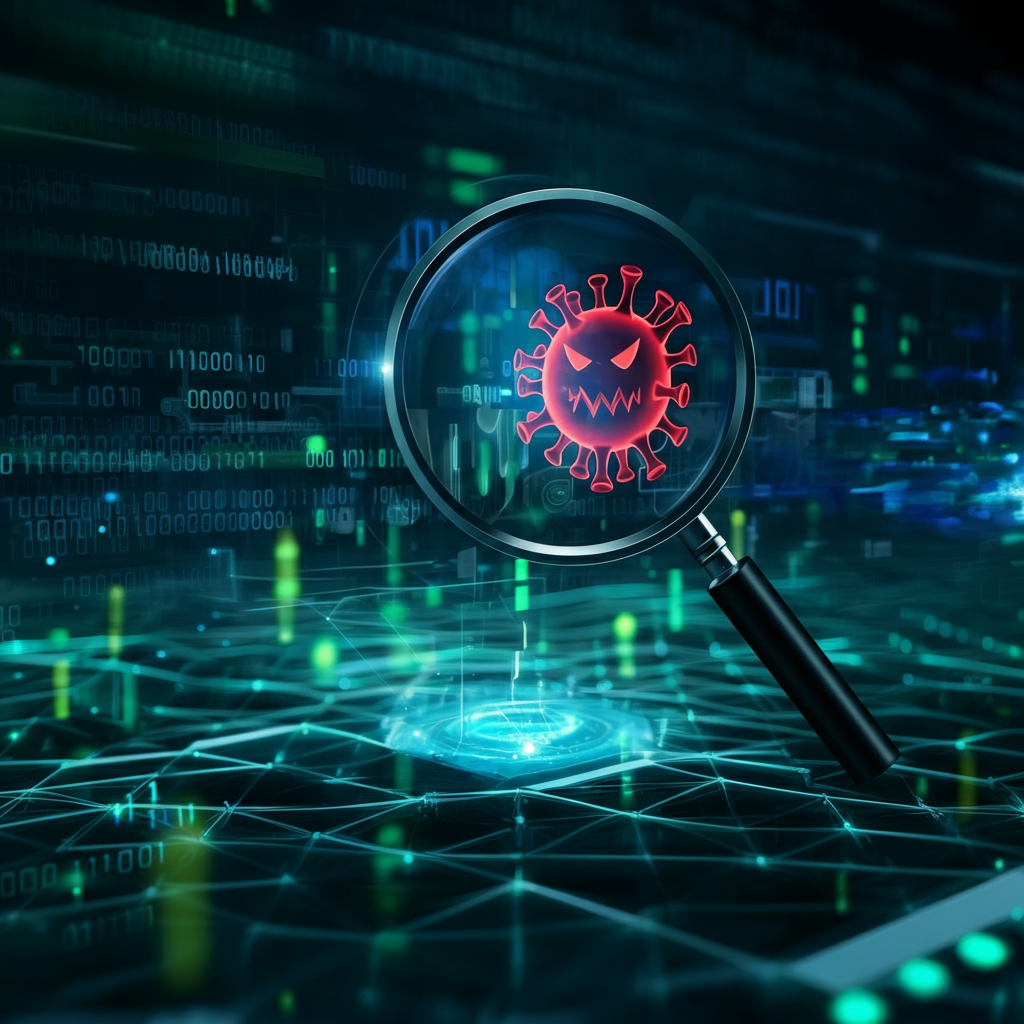Meta description: The time spent online on various devices is at an all-time high. This means the need for cybersecurity awareness, especially in stopping viruses is highly important.
The computer virus threat is a problem affecting corporations and individuals alike. Computer malware is a digital threat that could damage entire online systems and private data. Unfortunately, most users do not know how computer viruses spread or ways to control them.
You can suspect digital threats when your system or device becomes slow or begins opening software you didn’t authorize. You may see sudden pop-ups or receive suspicious messages from people. Using an updated system and antivirus software can help protect your devices and systems. Amid the rise of many digital threats, spotting viruses on time stops their spread.

How can malicious code spread?
Understanding what computer viruses are helps you know how malicious code spreads. You may refer to viruses as computer malware created to steal data and negatively affect productivity. Digital threats or malicious code can spread by hiding in your browsers, files, and online systems. Sometimes the code duplicates itself thousands of times, causing a system breakdown. It spreads through shared files, infected browsers, weak passwords, and connected devices.
MacBooks are built with strong internal security features, but AdLoad malware has become a serious threat to these Apple devices. There are several symptoms to look for to determine where your Mac is infected with this computer malware. It installs software and disguises itself as a genuine program. Most unsuspecting users grant this fake app permissions, allowing it to continually load more apps and serious digital threats. You may confuse it with an Automator app Mac virus, but it often slows device performance.
Signs of a computer virus infection
The initial infection by computer malware is hard to detect because this attack is often silent. The infection begins to cause many digital threats, and users begin to see clear signs of attack. The most obvious sign is slowed devices, although some computer viruses cause digital devices to freeze.
Many users report receiving emails they didn’t expect or responses to messages they didn’t send. This happens because digital threats often change your email and message app settings. Some users may receive irritating ads and unexpected pop-ups on their screens. The pop-ups could be fake ads or warnings that your device is under threat.
Computer viruses may activate your apps and software, keep them running, and drain your battery sooner than expected. Your software and apps might start behaving strangely, such as self-activation, closing, or hanging. You may experience app installations that you didn’t authorize.
You may also experience file duplication, which eventually fills your storage, making it impossible to use your device. Some computer malware deletes apps and files or locks them, making it hard to open them. These indicators suggest that your computer might be compromised by a virus. Understand how to stop the infection before it spreads to other users or folders.

How to stop computer viruses from spreading
- Update your operating system, including applications, to install the current security patches.
- Install the strongest and latest antivirus software for browser and online security. Ensure your antivirus software is up to date to prevent unauthorized access to your system by external parties.
- Do not download files or apps from unknown sources or software stores. These sources might have hidden computer malware.
- Confirm email sources before opening them and avoid clicking on attachments that you didn’t request.
- Strengthen your passwords and add authentication measures to your devices and accounts.
- Pay attention whenever your software or browsers change behavior. This could be a warning that you might have digital threats.
How to avoid digital threats in a technology-driven world
Computer virus infections and malware threats will not end soon, but internet users must learn advanced control measures. Your antivirus program may constantly operate in the background, performing regular scans to detect potential threats. However, scan your devices manually from time to time to identify hidden threats and remove them.
Stay connected with cybersecurity experts to learn tricks from them and get support whenever you need it. Disconnect your wifi whenever you suspect a computer virus infection. This helps stop the spread and protects your online system and devices. Disconnection also ensures that only one or fewer devices are affected, which is easier to control.
Update your passwords often and implement a password manager to enhance login protection. Search how malicious code spreads to stay knowledgeable and develop online security enhancements. Online security should not be left to one person, but should be a responsibility for everyone. Protect every device and connection, including servers, cloud storage, remotely connected devices, and software.
Conclusion
Digital threats are spreading quickly and affecting people regardless of the devices they use or their online activities.Learn what computer malware is and discover effective strategies to protect yourself and your devices. Infections spread through documents, downloads, vulnerable software, and weak passwords. Control data access and stop the spread before things get out of control. Update devices, software, and practice browsing security for advanced data protection.

